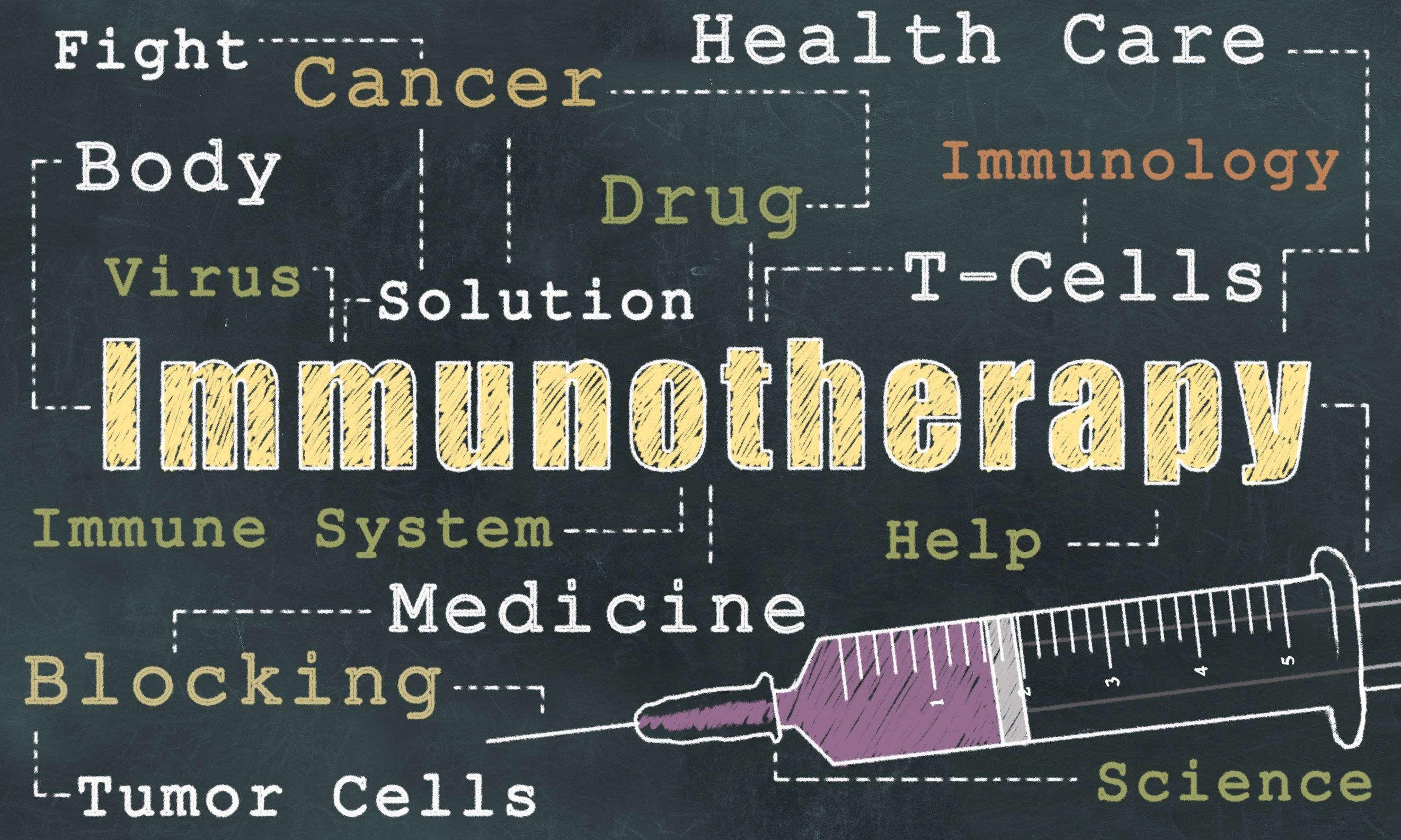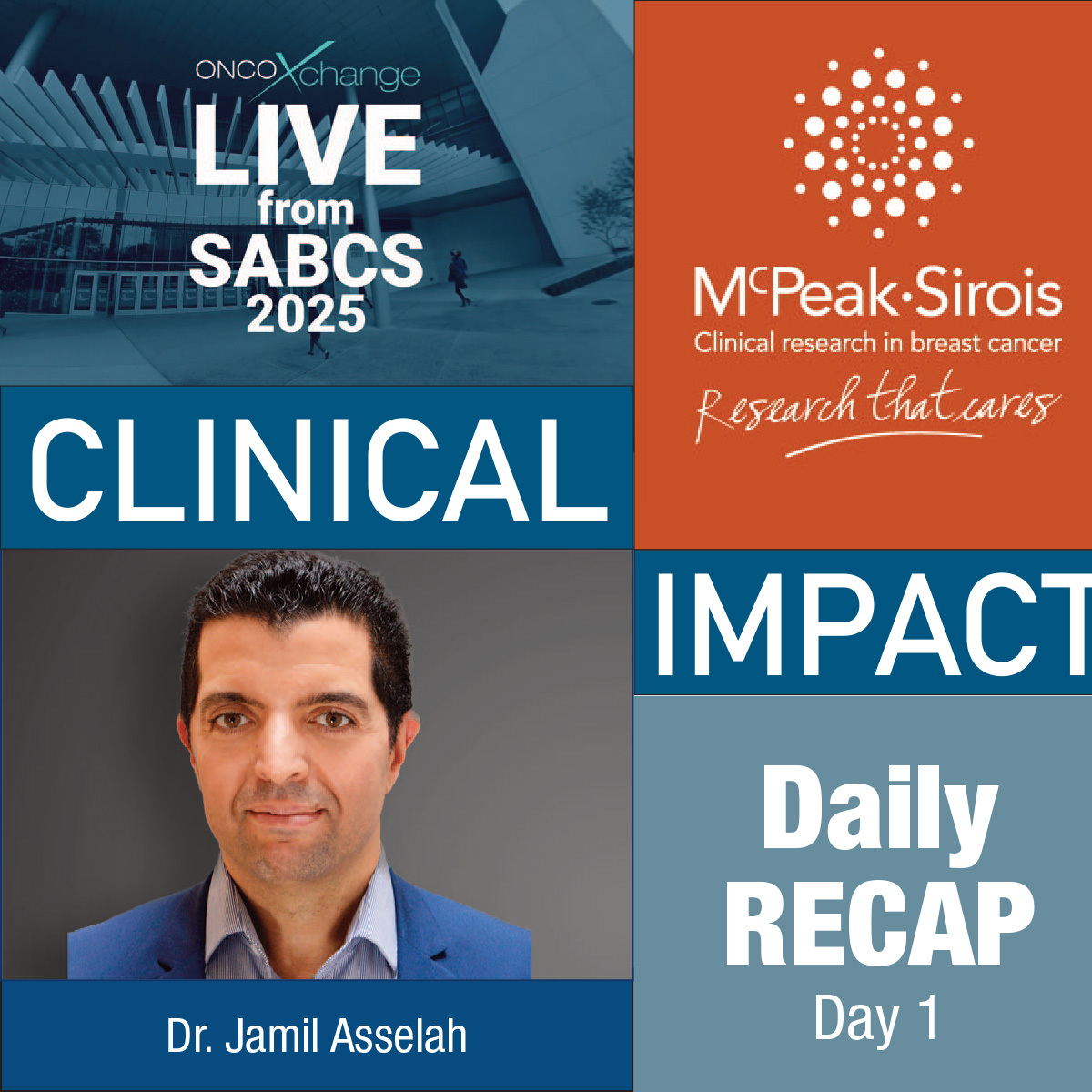
Immunotherapy efficacy may be enhanced in earlier lines of breast cancer treatment
November 2019
Wayne Kuznar for oncoXchange
The rationale for incorporating immunotherapy into the treatment of early breast cancer is strong.
The rationale for incorporating immunotherapy into the treatment of early breast cancer is strong. At the 2019 ESMO Congress, Rebecca Dent, MD, laid out the case for use of immunotherapy in earlier lines of treatment.
DNA profiling in combination with RNA sequencing has identified immune activated and immune suppressed subgroups of triple-negative breast cancer (TNBC), with a strong inflammatory component to the immune-activated cancers.
“We’ve come to appreciate that breast cancer has a higher number of copy number variations compared with single-nucleotide variants. This is important because it leads to neoantigen creation [and potential immunotherapy benefit],” said Dent, head and senior consultant, medical oncology, National Cancer Center Singapore. Although tumor mutation burden helps predict which patients will benefit from immunotherapy “we’ve learned that it’s more than just quantity, it’s quality. This is represented looking at tandem duplicate repeats, specifically in TNBC. The future is going to be looking at qualitative mutations,” she said.
How current therapies may induce or suppress the immune system is not well understood. Ultimately, the goal is to promote gamma interferon to increase the sensitivity of the tumor to immune-oncologic therapy.
New technology such as TCGA allows for immune profiling and potentially the identification of cancers that may respond solely to immunotherapy (highly inflammatory cancers) and those that may require combination of chemotherapy and immunotherapy or other therapeutic combinations.
Metastatic breast tumors do not have the same immune composition as early breast cancer, said Dent. Early breast cancer tends to have high CD8 expression and the high stromal tumor infiltrating lymphocytes. “These are the ones where you see the stromal GranzymeB,” she said. These levels are much lower in patients with metastatic breast cancer.
Most metastases lack T-cell infiltrate, meaning an absence of anti-tumor immunity. “They go through immune escape. The local microenvironment is immunosuppressive,” she said. Clinically, this immune escape translates into a small percentage of patients responding to single-agent checkpoint inhibitor therapy in later lines, perhaps 5%, whereas earlier treatment increases this response rate to about 25%.
Data combining the immune checkpoint inhibitor atezolizumab with nab-paclitaxel in the first-line setting in patients with PD-L1-positive breast cancer shows an improvement in overall survival compared with nab-paclitaxel alone.
It appears that patients can be selected for immunotherapy beyond the use of PD-L1 immunohistochemistry. Measuring TILs may afford one such opportunity. About 75% of patients with lymphocyte-predominant TNBC have a pathologic complete response (pCR) to neoadjuvant chemotherapy with or without carboplatin. Ninety percent of patients who achieve pCR in this setting will have no disease at 5 years, Dent noted, perhaps offering an opportunity for de-escalation of treatment.
“It has taken a while to realize that chemotherapy has an immunomodulatory effect, and that different chemotherapies may have different immunomodulatory effects,”
The chemotherapy backbone to immunotherapy may matter. “It has taken a while to realize that chemotherapy has an immunomodulatory effect, and that different chemotherapies may have different immunomodulatory effects,” she said. Cisplatin specifically may deplete immune suppressive cells, as opposed to potentially taxanes, which may cause direct infiltration of T cells.
The TONIC trial suggests that doxorubicin and cisplatin may be better at immune system induction compared with cyclophosphamide. Priming of the immune system with an immune checkpoint inhibitor may also enhance response, as evidenced by the GeparNuevo study, in which patients with TNBC who received a 2-week run-in with durvalumab before adding chemotherapy had a better response rate than those who were randomized to placebo run-in.
The timing and duration of immunotherapy in early breast cancer may affect response, and “it’s possible that we can use circulating tumor DNA to guide us,” said Dent.
The I-SPY 2 trial has shown that with the addition of immunotherapy in the neoadjuvant setting in patients with TNBC, the probability of phase III success was >99%, with a tripling of the rate of pCR compared with control (no immunotherapy).

Comments (0)